Whey protein as a main muscle builder for bodybuilders. For decades, whey protein has stood atop the podium of sports nutrition, ubiquitously lining the shelves of gym bags and supplement cabinets. But its popularity is not merely a product of clever marketing; it is a direct consequence of its profound, scientifically-validated efficacy. For the serious bodybuilder, whey is not just a supplement—it is a strategic tool, engineered by nature and refined by science to optimize the complex biochemical processes of muscle protein synthesis (MPS), recovery, and growth.
This article transcends basic overviews. We will deconstruct whey protein from a molecular level, examining its unique properties, the robust clinical evidence supporting its use, and the precise protocols for integrating it into a bodybuilder’s regimen to achieve peak physiques.
1. Deconstructing Whey: More Than Just Protein
To understand why whey protein is superior, we must first understand its origin and composition.
Whey is the liquid fraction separated from curds during the cheese-making process. This liquid, once considered a waste product, is now recognized as a nutritional powerhouse. Its protein content is not a singular entity but a complex mixture of bioactive proteins, peptides, and minor constituents, each contributing to its anabolic and health-promoting properties.
The primary protein components include:
- Beta-Lactoglobulin (~50-55%): The most abundant fraction, rich in branched-chain amino acids (BCAAs), particularly leucine.
- Alpha-Lactalbumin (~20-25%): A highly digestible protein with a high tryptophan content.
- Immunoglobulins (IgG) (~10-15%): Support immune function, which can be suppressed by intense training.
- Bovine Serum Albumin (BSA) (~5-10%): Another carrier protein.
- Glycomacropeptide: A peptide with various potential biological activities.
However, the most critical distinction for bodybuilders lies in the processing method, which defines the three primary types of whey protein available:

Whey Protein Concentrate (WPC)
WPC typically contains 70-80% protein by weight. The remaining content comprises lactose (milk sugar), fat, and minerals. It retains more of the beneficial bioactive compounds but has a slightly higher calorie and carbohydrate count. It is often favored for its richer flavor and cost-effectiveness.
Whey Protein Isolate (WPI)
WPIs are further processed to remove almost all fat and lactose, resulting in a product that is >90% protein. This makes it an superior choice for those who are lactose-intolerant or for any bodybuilder seeking to maximize protein intake while minimizing calories, carbs, and fat, particularly during cutting phases.
Whey Protein Hydrolysate (WPH)
WPH is “pre-digested” through a process called enzymatic hydrolysis. This breaks the long protein chains into smaller peptides, leading to drastically faster absorption rates and a reduced potential for allergenic reactions. It often has a slightly bitter taste but is the optimal choice for rapid delivery of amino acids to muscle tissue.
2. The Anabolic Engine: How Whey Builds Muscle
Muscle growth is not a passive process; it is a constant cycle of breakdown (Muscle Protein Breakdown – MPB) and synthesis (MPS). The goal of bodybuilding is to tip this balance persistently in favor of MPS. Whey protein is exceptionally adept at doing this through several synergistic mechanisms.
1. The Leucine Trigger
The most pivotal mechanism is whey’s unparalleled Leucine content. Leucine is not just a building block; it is a potent anabolic signaling molecule.
The mammalian target of rapamycin complex 1 (mTORC1) is the primary intracellular regulator of cell growth and proliferation. Leucine acts as the key that unlocks the mTORC1 pathway, initiating the ribosomal machinery required for MPS. Research consistently shows that a leucine threshold of approximately 2-3 grams must be reached in a meal to maximally stimulate MPS.
Whey protein, by virtue of its amino acid profile, has the highest leucine concentration of any whole food or protein supplement—about 10-12% per gram of protein. This means a 25-gram serving of whey easily delivers the critical 2.5-3g of leucine required to trigger a robust anabolic response, something that slower-digesting proteins like casein or many plant-based proteins struggle to do with an equivalent serving size.
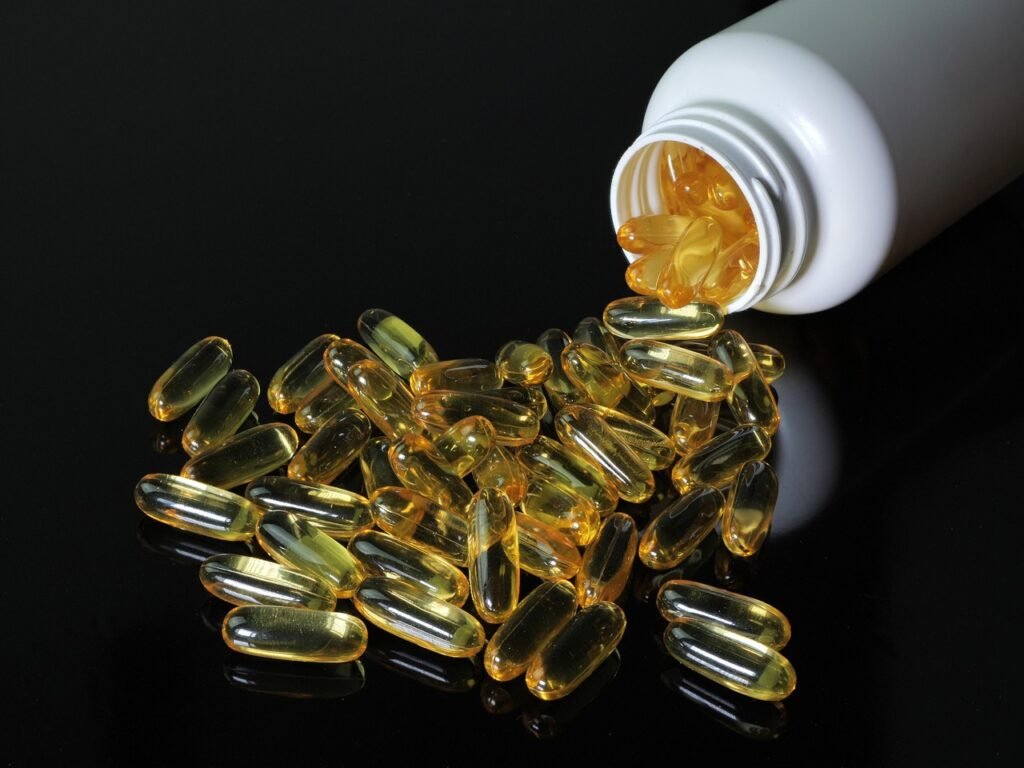
2. Rapid Digestion and Absorption Kinetics
The speed of amino acid delivery to the bloodstream and subsequently to muscle tissue is crucial, especially post-workout. Whey protein is a “fast” protein.
Studies using stable isotope tracers have demonstrated that whey protein elicits a rapid, sharp, and high peak in blood amino acid levels within 60-90 minutes of ingestion. This “aminoacidemia” flood provides the immediate raw materials for repairing exercise-induced muscle damage and kick-starting MPS. This rapid absorption profile makes it the undisputed champion for post-workout nutrition.
3. Superior Amino Acid Profile (PDCAAS/DIAAS)
The quality of a protein is measured by its digestibility and its composition of the nine essential amino acids (EAAs), which the body cannot produce. The Digestible Indispensable Amino Acid Score (DIAAS, the modern standard) rates whey protein at the top of the scale, often >1.00, meaning it provides all EAAs in ratios ideal for human needs and is highly digestible. It is particularly rich in the three BCAAs (leucine, isoleucine, valine), which are metabolized directly in muscle tissue and play unique roles in energy production and anabolic signaling.
Main whey protein producers in USA
3. Clinical Evidence: What Does the Research Say?
The theoretical advantages of whey are compelling, but they are meaningless without empirical support. The body of clinical research is substantial and conclusive.
- A 2021 meta-analysis in the Journal of the American College of Nutrition reviewed 18 randomized controlled trials. The conclusion was that whey protein supplementation, combined with resistance training, significantly improved measures of strength and lean body mass compared to placebo or no supplementation.
- A seminal study in Medicine & Science in Sports & Exercise compared whey and casein post-workout. The whey group produced a 68% greater increase in MPS over a 4-hour period post-exercise compared to casein, highlighting the importance of protein timing and type.
- Research on elderly populations (sarcopenia) has shown that whey protein is particularly effective at combating muscle loss due to its high leucine content, which helps overcome anabolic resistance—a condition where older muscles require more protein stimulus to grow.
Beyond pure hypertrophy, whey supplementation has been shown to enhance recovery by reducing markers of muscle damage (like creatine kinase) and supporting immune function through the elevation of the antioxidant glutathione.
See also: organic whey protein effects
4. Strategic Application: The Bodybuilder’s Protocol
Knowing why whey works is only half the battle. Implementing it correctly is key.
Optimal Timing
- Post-Workout (The Anabolic Window): The 1-2 hour period after training is when muscles are most sensitized to nutrients. A fast-absorbing whey isolate or hydrolysate (25-40g) shuttles amino acids directly to the depleted muscle cells, drastically elevating MPS and initiating repair. Combining it with a fast-digesting carbohydrate (e.g., dextrose, maltodextrin) can further enhance recovery by spiking insulin, a hormone that promotes nutrient uptake into cells.
- First Thing in the Morning: After a 7-9 hour fast, your body is in a catabolic state. A whey protein shake quickly halts muscle breakdown and provides a rapid anabolic stimulus.
- Between Meals: Use a whey shake as a high-protein, convenient snack to ensure a consistent supply of amino acids throughout the day, helping you meet your total daily protein targets.
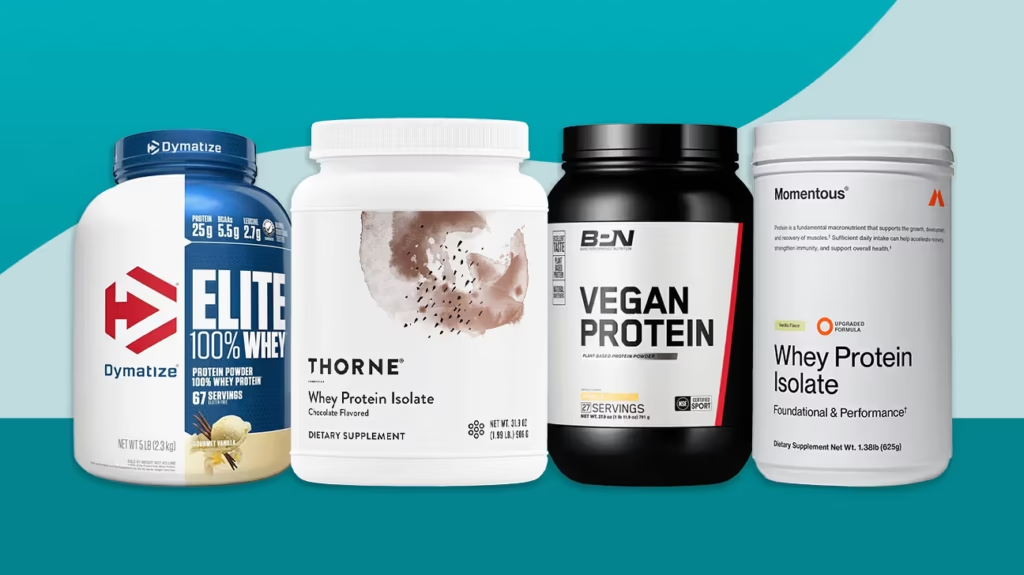
Dosage: How Much is Enough?
For bodybuilders and strength athletes, total daily protein intake is paramount. General guidelines suggest 1.6 – 2.2 grams of protein per kilogram of body weight (or 0.7 – 1.0 grams per pound) to maximize MPS.
A single serving of whey should be in the range of 20-40 grams. Research indicates that doses beyond ~40g in one sitting do not further stimulate MPS and may be oxidized for energy or stored. Spread your total protein intake (from whole foods and supplements) across 4-6 meals/feedings per day.
Whey vs. Casein: A Necessary Partnership
While whey is the “king” of acute anabolism, casein—a slow-digesting milk protein—is the “protector.” Casein forms a gel in the stomach, leading to a slow, steady trickle of amino acids over several hours. This is ideal for preventing muscle breakdown during prolonged periods without food, such as before bed.
The savvy bodybuilder uses both: whey for rapid anabolic pulses (post-workout, morning) and casein for sustained anti-catabolic protection (before bed, between long meals).
5. Addressing Myths and Concerns
- “Does whey protein damage kidneys?” This is a pervasive myth. In healthy individuals with normal kidney function, high protein intake from whole foods or supplements like whey does not cause kidney damage. Those with pre-existing kidney conditions should consult a doctor.
- “Is it natural?” Whey is a derivative of milk. While it is processed to concentrate the protein, it is not a synthetic, laboratory-created chemical. It is a food product.
- “Does it cause acne?” In some individuals sensitive to dairy, whey can exacerbate acne. This is likely related to its impact on insulin and IGF-1 levels. Switching to a plant-based alternative may be necessary for these individuals.
Conclusion: The Verdict of Science
Whey protein is far more than a simple convenience food. It is a precision-engineered nutritional supplement whose efficacy is rooted in its unique biochemical properties: an exceptional amino acid profile dominated by leucine, rapid absorption kinetics, and high digestibility.
For the bodybuilder, it is an indispensable tool that, when used strategically alongside a periodized training program and a calorie-controlled whole-food diet, provides a proven, scientifically-irrefutable advantage in the pursuit of maximal muscle growth, enhanced recovery, and improved performance.
While it is not magic—it cannot replace consistent training and overall diet—it is the closest thing the scientific community has identified to an optimal protein source for triggering the anabolic machinery of human muscle.
Disclaimer: Always consult with a healthcare professional or a registered dietitian before making significant changes to your diet or supplement regimen, especially if you have underlying health conditions.
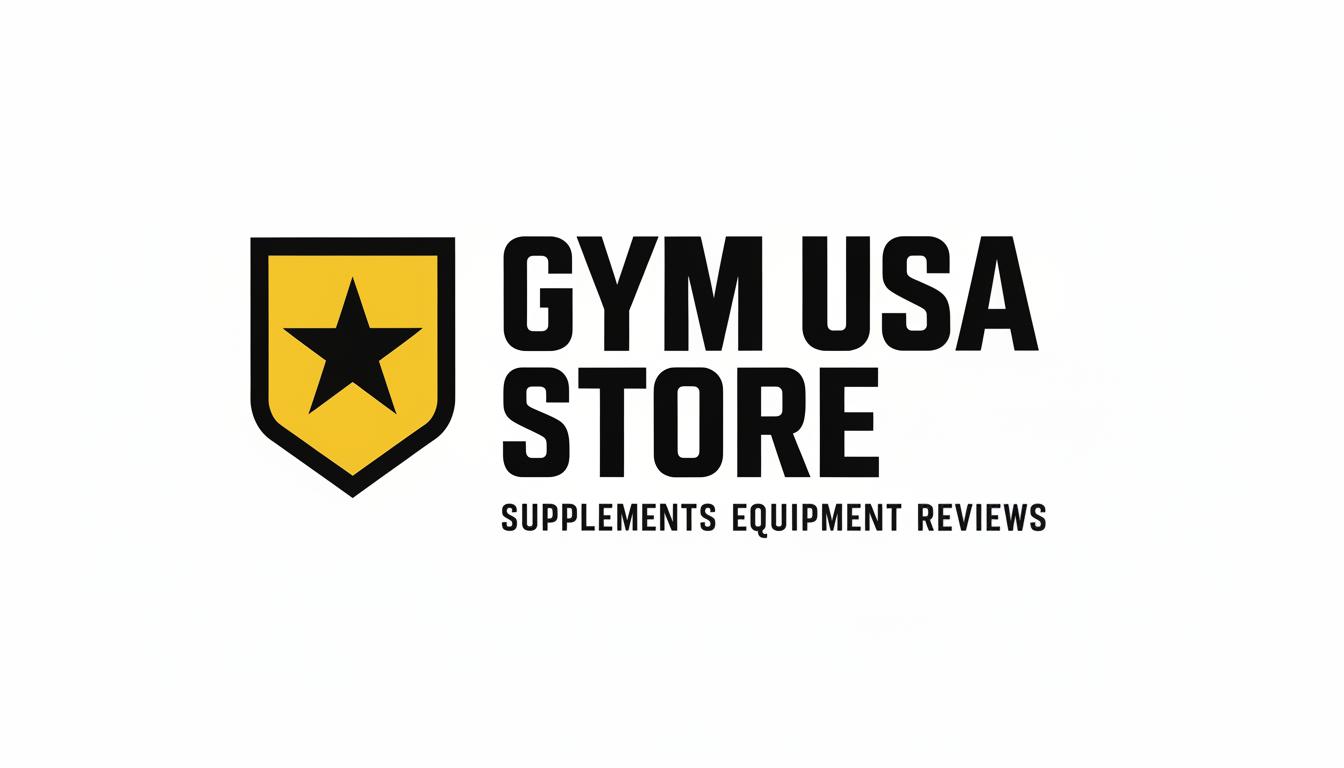
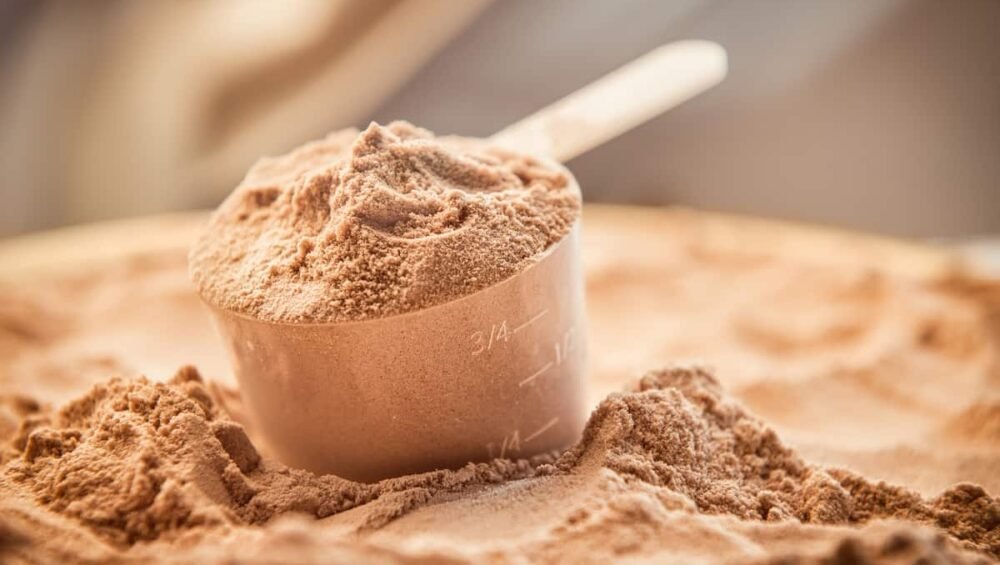
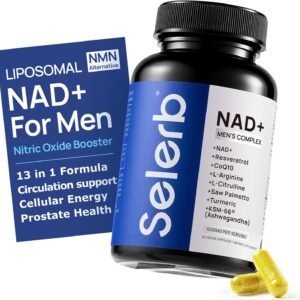
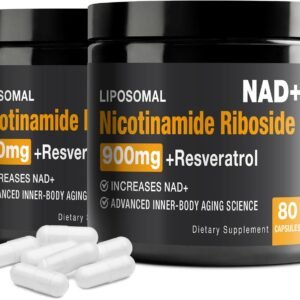
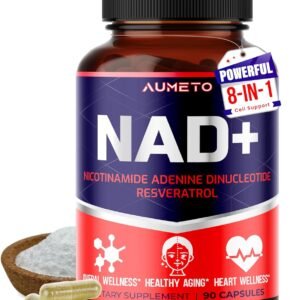

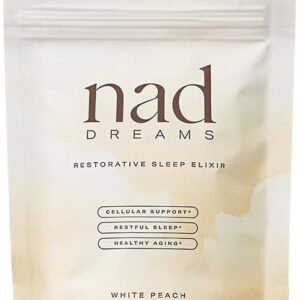
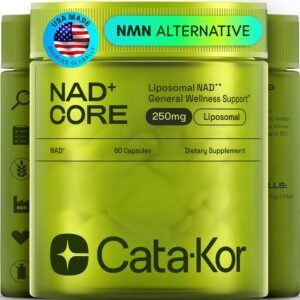
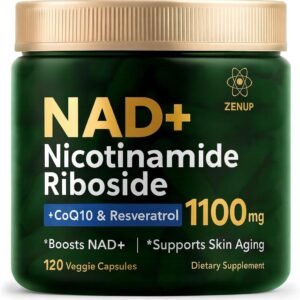
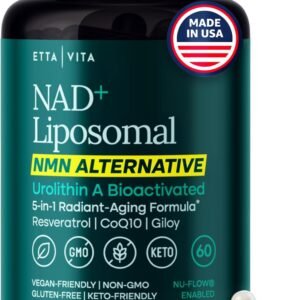
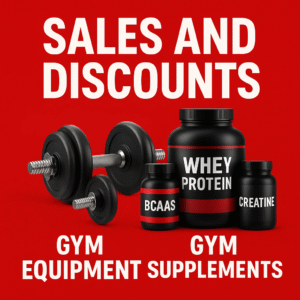

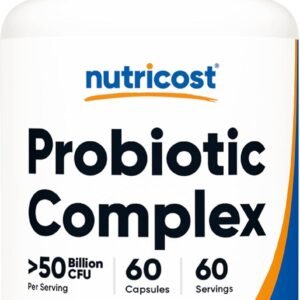


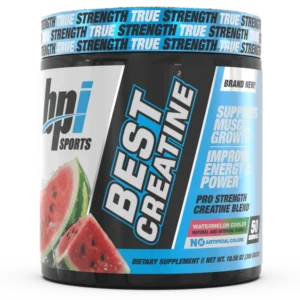

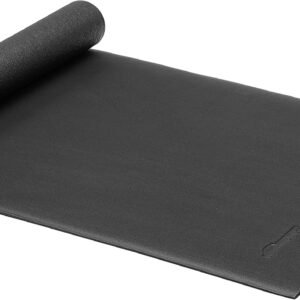
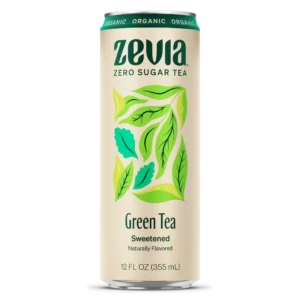




1 Comment
[…] Description: Mirroring the ON formula, this is a blend of whey protein isolate and concentrate. It’s designed to offer great mixability and a solid macro profile […]